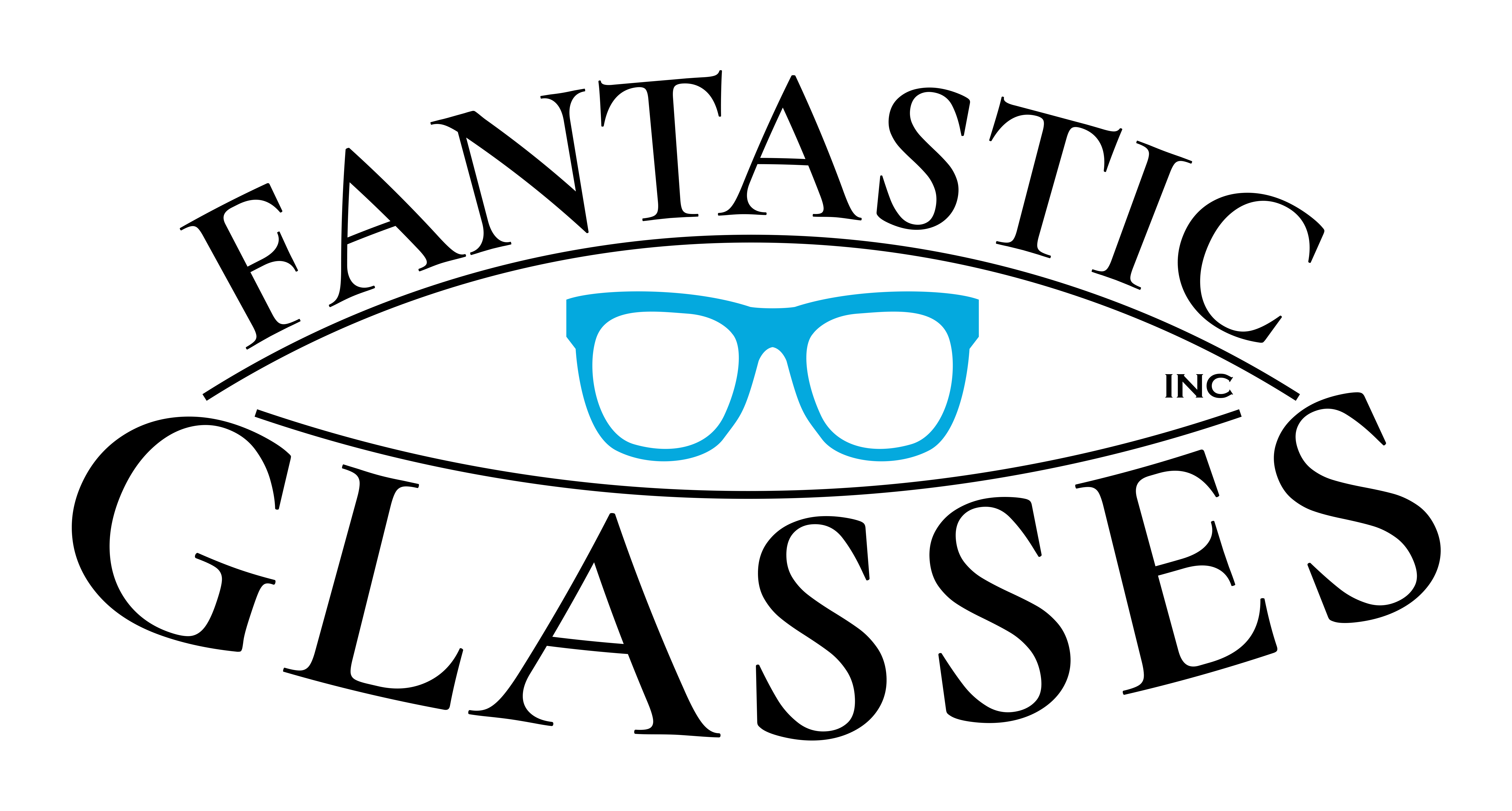What is Myopia Control
“Myopia control” is the term used to describe specific treatments to slow the progression of nearsightedness in children.
Myopia control measures typically are prescribed by an eye doctor (an optometrist or an ophthalmologist).
There are four primary categories of myopia control treatments: atropine eye drops, multifocal contact lenses, multifocal eyeglasses and orthokeratology (ortho-k).
Myopia control is important because it may help reduce the risk of vision-threatening complications associated with high myopia later in life — including glaucoma, cataracts, retinal detachment and even blindness.

Myopia Control for Children
Myopia in children works a little bit differently. Because the eye is in an active growth state, the progression of myopia may be slowed until a child’s eyes stop growing.
If your child has myopia, and their eyes are changing rapidly, there are a few promising management strategies that may help.
Adult Myopia Control
For adults whose eyes have fully matured, there are a few myopia control options available:
Laser Eye Surgery
For adults, myopia can be reversed with refractive surgery, also called laser eye surgery. A laser is used to reshape the corneal eye tissue and correct the refractive error.
Laser eye surgery is not recommended for children. In fact, the FDA has not approved laser surgery for anyone under the age of 18.
Prescription Lenses
Wearing corrective glasses or contact lenses corrects myopia by changing where light hits the retina, turning previously blurry images into clear ones. Prescription lenses bend the light, allowing it to focus properly on the focal point of the retina.
TREATMENT
Atropine Eye Drops
Atropine eye drops have been shown to significantly slow the progression of myopia in children. Two large trials in Asia found that atropine drops slowed children myopia progression by 50%-60%. However, because myopia is not curable, children who use atropine drops may still need to wear glasses or contact lenses.
Multifocal Glasses & Contact Lenses
A study conducted by the American Optometric Association’s Contact Lens and Cornea Section (CLCS) found that children who wore multifocal lenses saw their myopia progression slow by approximately 25%, and they had 31% less axial elongation (longer eye length) than children who wore single-vision lenses.
Orthokeratology
Also known as ortho-k, orthokeratology uses specially designed gas permeable contact lenses to temporarily reshape the eyeball while you sleep. In the morning, the lenses are removed and you have clear vision without the use of contact lenses or glasses. Ortho-k has been shown to slow myopic progression in children by 36% – 56%.
Natural Light & Outdoor Activity
Although studies are ongoing, recent controlled trials show that children who spend more time outside (up to 14 hours a week or more) have less myopic shift and axial elongation than children who spend less time outside.
Monitor Time on Devices
Another ongoing field of study is the relation between near work activities and myopia progression. While not 100% conclusive, many preliminary studies show that near work activities, like using a phone or computer, are associated with myopia. For that reason, we recommend monitoring the time your child spends on a phone or other digital device.

